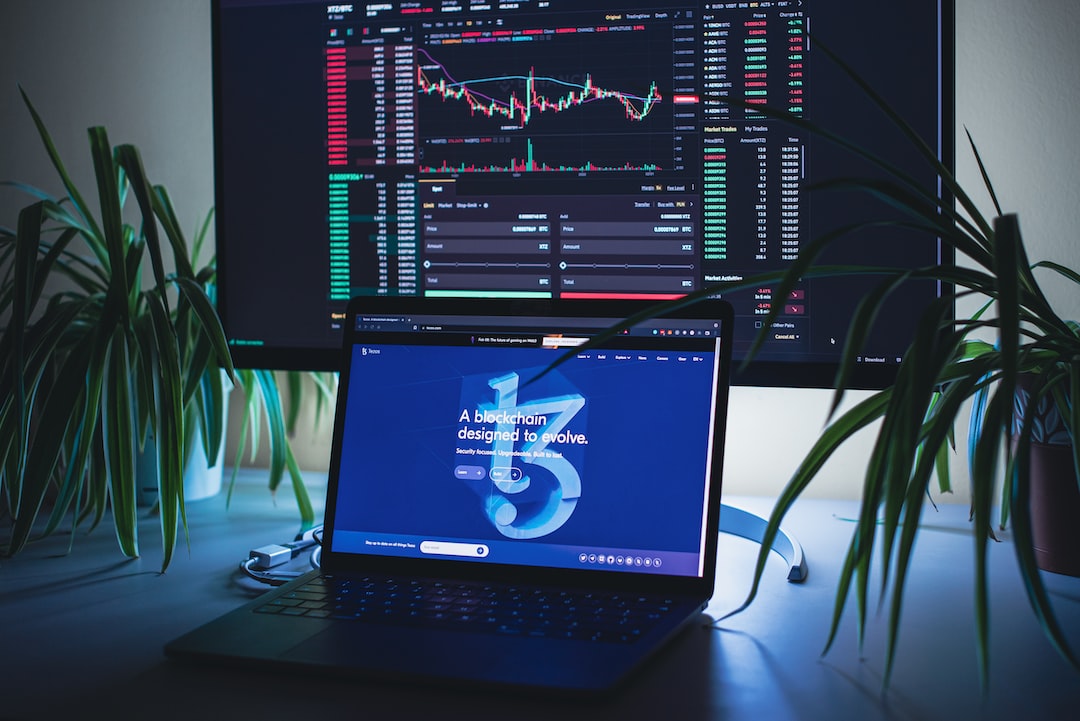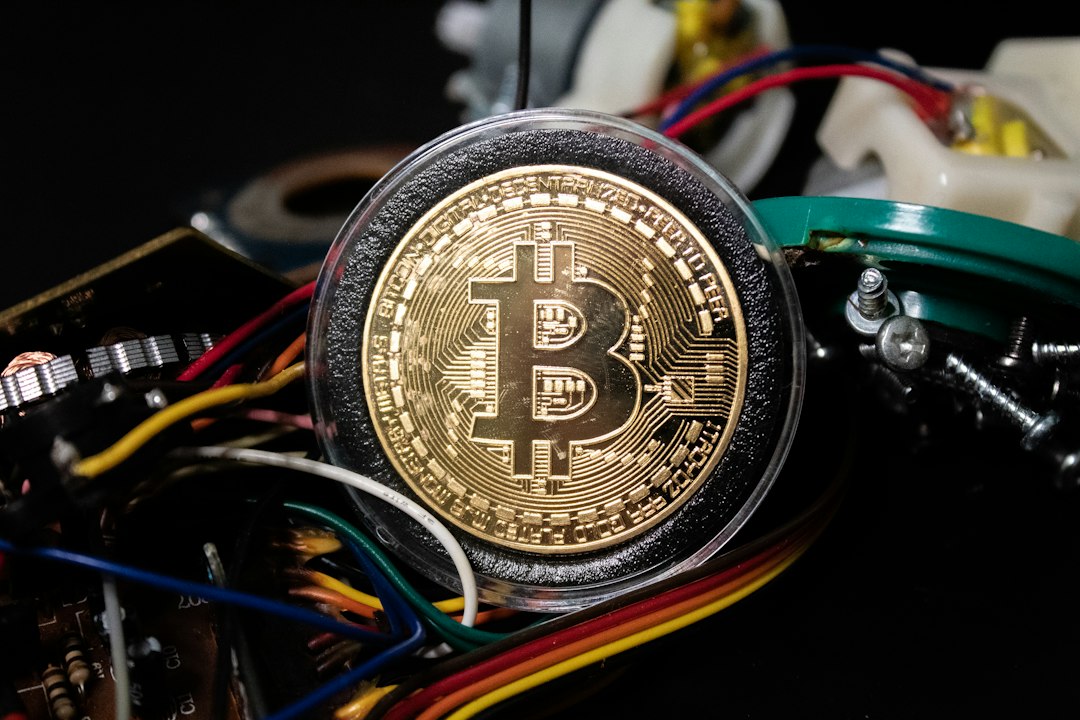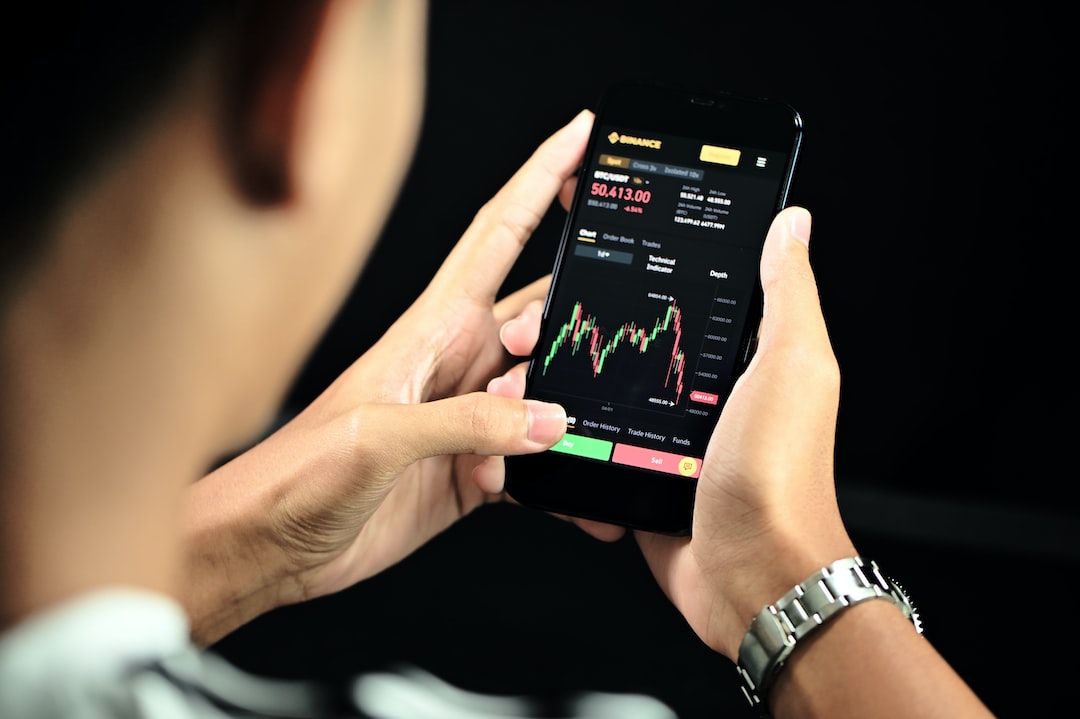Inflation rises in August due to higher gasoline prices
Inflation in the United States increased in August, primarily driven by higher gasoline prices, as reported by the consumer price index. However, economists believe that this rise is likely temporary and that inflation is continuing its overall downward trend.
According to Andrew Hunter, deputy chief U.S. economist at Capital Economics, the recent increase in inflation should be seen as a brief interruption in the broader trend towards normalcy.
The consumer price index measures the rate at which prices are rising across the U.S. economy. In August, it showed a 3.7% increase compared to the previous year, up from 3.2% in July.
Gasoline prices contribute to higher inflation
The rise in inflation was largely influenced by an increase in gasoline prices, which surged by 10.6% in August. Gasoline accounted for more than half of the overall inflation increase for the month.
This spike in gasoline prices can be attributed to dynamics in the crude oil market, as crude oil is refined into gasoline. Oil prices reached their highest levels since November, further driving up gasoline costs.
While rising gasoline prices may pose budgetary challenges for consumers, economists expect them to stabilize and not be sustained beyond another month or two.
‘Core’ inflation shows a temporary bump
Economists typically analyze a measure called “core” CPI, which excludes energy and food prices, to assess underlying inflation trends. In August, core CPI fell to an annual rate of 4.3% from 4.7% in July.
While there was a slight monthly increase in core inflation, economists view it as a temporary bump rather than a reversal of the downward trend. Consistent monthly core CPI readings of 0.2% are needed to return to pre-pandemic levels of low and stable inflation.
Housing was the main contributor to the rise in core CPI, but rent inflation is expected to decline. Other notable contributors to inflation include motor vehicle insurance, recreation, personal care, and new vehicles.
Inflation is a complex global phenomenon
During the pandemic era, inflation has been a complicated phenomenon caused by multiple factors and global interactions. The imbalance between supply and demand has led to inflationary pressures worldwide.
The disruption in global supply chains and pent-up consumer demand upon reopening the U.S. economy resulted in price surges. Additionally, Russia’s invasion of Ukraine and wage increases in labor-intensive service industries contributed to higher prices.
However, these trends have largely subsided. Wage growth is decreasing, and the labor market is easing. Although progress has been made towards returning to normalcy, there is still some way to go.
Hot Take: Inflation rises temporarily due to higher gasoline prices
In August, inflation in the United States experienced a temporary increase driven by higher gasoline prices. However, economists believe that this surge will not be sustained beyond another month or two. The overall trend indicates that inflation is continuing its downward trajectory, with signs that the situation is approaching normalcy. While gasoline prices contributed significantly to the rise in inflation, dynamics in the crude oil market are responsible for this increase. Despite the challenges posed by rising gasoline costs, economists expect them to stabilize soon. Core inflation also showed a temporary bump but remains on track towards pre-pandemic levels. Overall, while inflation remains a multipronged and global issue, progress has been made towards returning to normalcy.





 By
By
 By
By
 By
By


 By
By